It's difficult to find a non-folding phone that's out of the ordinary now—something that isn't just a thin slab of glass and metal, which is part of what makes the Nothing Phone 3 such an interesting proposition. Like the other handsets Nothing has put out since 2022, the latest model comes with a distinctive look to both its hardware and software.
Add in close-to-flagship-level specs, and a price that puts it right up against some of the most popular phones on the market, and there's no doubt that Nothing wants to offer a genuine alternative to what you can get from Apple, Samsung, and Google.
I've been using the Nothing Phone 3 for a couple of weeks now to write this review, and it's definitely a smartphone that stands out from the crowd in several ways. It may not take too much market share away from the big players, but it's a unique proposition that I think some people will want to go for.
What's new
The Nothing Phone 2 was unveiled all the way back in July 2023. Compared to that handset, the Nothing Phone 3 has a slightly smaller display (6.67 inches), with a higher resolution (1,260 x 2,800 pixels). It also brings with it more RAM (12GB or 16GB) and a faster processor (the Snapdragon 8s Gen 4 from Qualcomm). Then you have an extra camera too: This phone has a 50MP primary lens, a 50MP periscope telephoto lens (with 3x optical zoom), and a 50MP ultrawide camera setup on the back, plus a 50MP selfie camera.
It's a substantial upgrade from the 2023 model, but we've also had three mid-rangers since then as well: The Phone 2a, the Phone 3a, and the Phone 3a Pro. These more modestly specced handsets may meet your needs better, but they're not all that easy to get hold of in certain parts of the world, including the U.S.
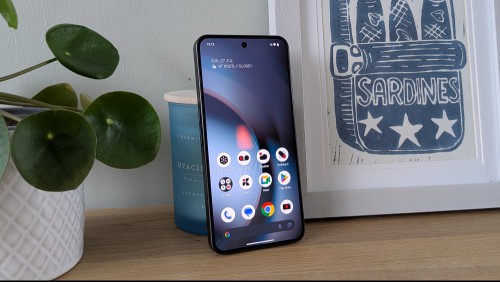
The Nothing Phone 3 is getting a full U.S. launch however, another sign of Nothing's growing ambition. It also ditches the Glyph Lights that we've seen on previous handsets from the company, while keeping some of its distinctive aesthetic. Instead of the lights, we now have what's called a Glyph Matrix: a little dot monochrome display on the back that can show notifications, timers, clocks, and more.
Nothing skipped a 2024 launch to take more time over the Phone 3, and with a two-year gap from its direct predecessor, it feels like a big step forward. It's undoubtedly the best Nothing phone we've seen yet—but does it have enough to seriously compete with the best flagships on the market?
Design and display
The Nothing Phone 3 definitely has a distinctive look about it: I can imagine the design being a big selling point for some, while also putting others off. The back casing looks like a sliding blocks puzzle and has an appearance reminiscent of Google's old Project Ara prototype, but you can't do much with it except look at it. There is a haptic button on the right, that lets you cycle through the Glyph Matrix options.
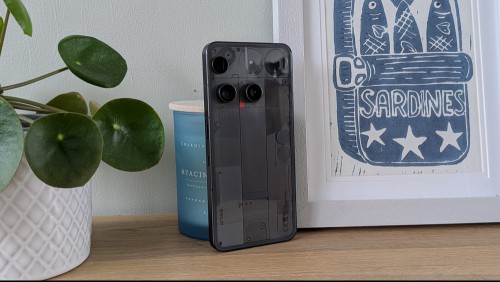
Then you've got the raised cameras that are rather oddly spaced out, and the Glyph Matrix itself up in the top right corner on the back. No other non-foldable phone is going to get the same kind of 'what's that?' reaction when you bring out the Nothing Phone 3—which could be a good or a bad thing, depending on how much attention you're wanting to attract. You've also got a choice of black or white (it's the former I reviewed).
It's a subjective call, but I rather like the look of the Nothing Phone 3, and it gets bonus points for trying something different too. It's a nicely rounded handset as well, and fits comfortably in the hand. Other phones clearly beat it in terms of lightness and thinness however, which might be something you care about. (I don't really.)
Screen duties are handled by the 6.67-inch OLED display I've already mentioned, with a refresh rate of 120 Hz and a resolution of 1260 x 2800. You wouldn't mistake this for an OLED screen on one of the best Samsung phones, but it's bright and punchy enough, and shows off photos, videos, websites, social media feeds, and anything else you want to load up very well. It's smooth and crisp, and bright enough to be no problem in daylight.
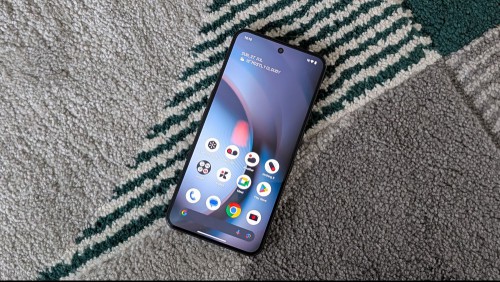
You also have the standard USB-C port and a physical SIM port at the bottom of the phone (eSIM is supported too), and the device is IP68 rated against dust and water. According to Nothing, you can submerge this phone in water up to 1.5 meters (4.9 feet) deep for up to 30 minutes.
Camera, performance, and battery life
The Snapdragon 8s Gen 4 chipset isn't the best processor you can stick inside a phone at the moment, though it's not too far behind. In terms of benchmarks and raw power, you don't get the same levels as you do on the current best iPhones and Galaxys, particularly for demanding tasks and games.
Now, you can argue most people don't actually need the fastest chipsets out there—which is fair—but it's disappointing to see this at the same price points as the phones that do have premium-level processors inside. In reality, performance holds up very well, with no noticeable lag or stuttering for day-to-day tasks. I did find that the phone got rather hot to the touch at times when gaming though.


Battery life was impressive, and there's a decent 5,150 mAh capacity battery installed here, supporting both wired and wireless charging. Most of the time I'd make it through a couple of days of standard use, just about, but I'd say a day and a half was average. If you forget to charge it overnight it's not going to be a disaster for the next day—something I haven't been able to say for many phones I've owned over the years.
As for camera quality, the photos and videos I took with the Nothing Phone 3 came out really well. The rear 50MP+50MP+50MP camera module captures images that are balanced, focused, and natural. With the casual point-and-shoot approach that most of us are going use most of the time, the Nothing Phone 3 will grab some great shots, across a variety of conditions.

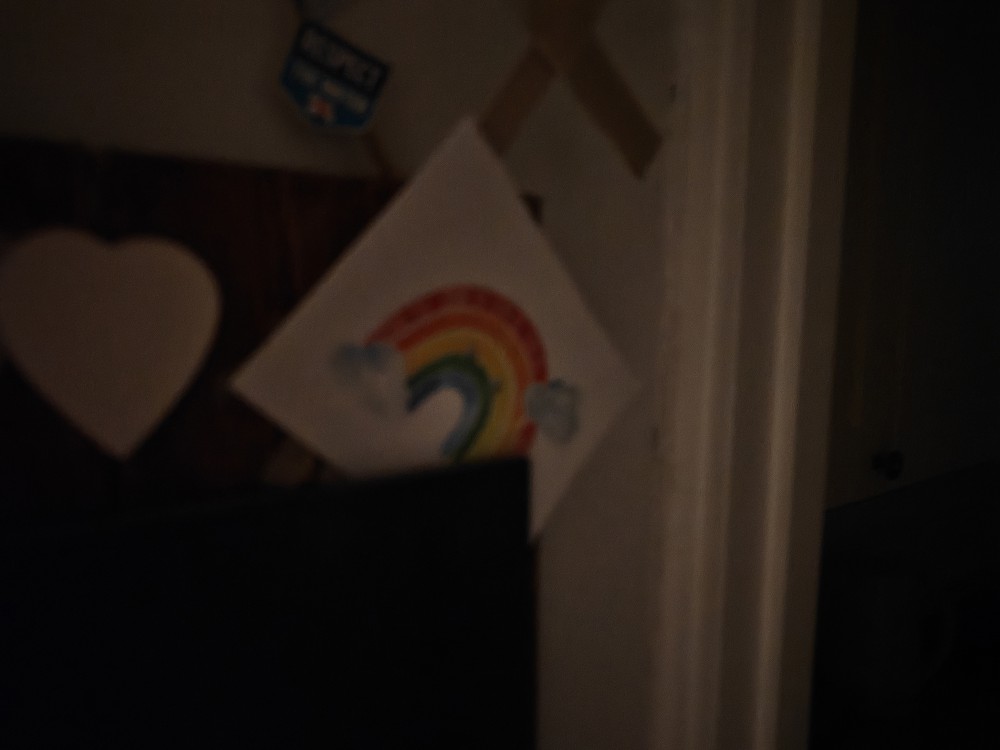
The ultrawide and 3x optical zoom come in handy for framing different types of shot, and on the whole, the phone's photos stand up well to those you'd get from its direct competitors. The exception is low light shots, and despite a dedicated night mode, the phone can struggle with noise in the most challenging lighting conditions.
That's only really for the darkest shots though: Dusk scenes and gloomy indoor shots are handled more than adequately, for example, but if there's very little light around in a scene, then you're going to get better results elsewhere. If you want the best possible photos no matter what, then that might be one reason to spend more money on something that isn't the Nothing Phone 3.
Nothing OS 3.5 and the Glyph Matrix
Maybe the only aspect of testing the Nothing Phone 3 that I didn't like was using the Nothing OS 3.5 software. It's a very particular and stylized take on Android, and overall I found it a bit too dark and imposing. (You'll be put in dark mode by default, though there is a light mode available.)
The dot matrix-style font and graphics that are used everywhere don't really appeal to me, and it all feels a bit experimental and different for the sake of it. That said, I don't want to mark down the phone too much for all this: It's a bit of a subjective call, and Android being Android, you can always install an alternative launcher if you want to.
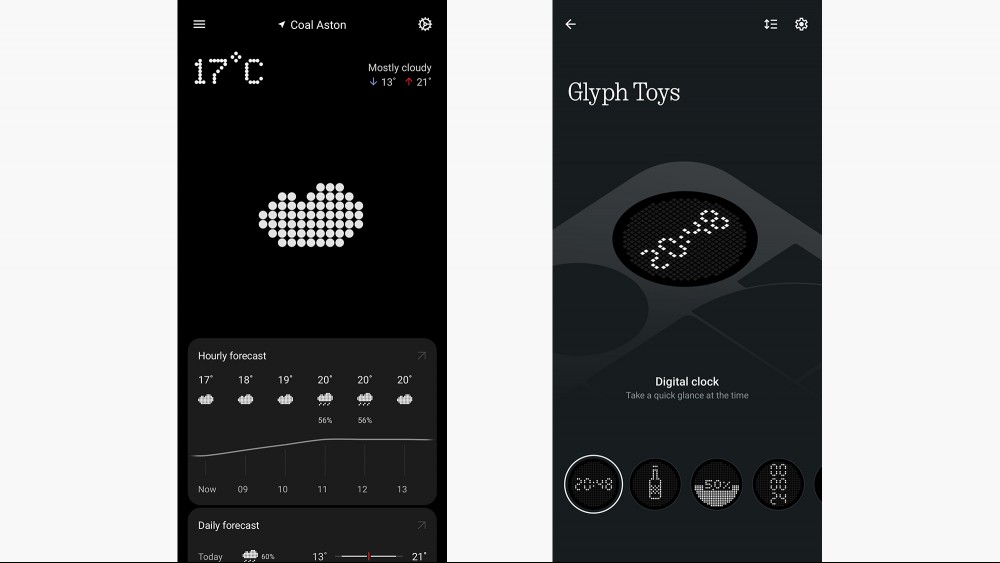
There are some features here that it would be nice to see included in Android proper, including the ability to clone apps. This essentially lets you run something like WhatsApp or Snapchat with two accounts on the same phone, but you can't do it in the standard version of Android that Google puts out.
Then you have the Essential Space, which combines AI-powered voice note recording with AI-powered search on your phone. We're expecting a big Nothing 4.0/Android 16 launch later in the year, which may well bring some significant upgrades with it, and of course the Nothing Phone 3 will be first in line for it.
Nothing chief Carl Pei has promised big advances in terms of on-board AI, and it's possible that they'll arrive with Nothing 4.0—but they're not here yet. Gemini is on board as the default AI assistant, and you can of course install any of the other third-party ones you like for some extra assistance.
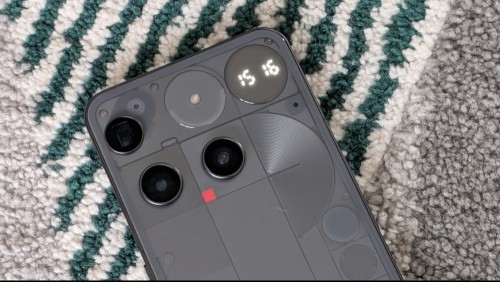
As for the Glyph Matrix, it's actually quite useful to see indicators of battery life or the current time on the back of your phone when it's laid flat. It can also alert you to notifications and calls, and an update is in the works that'll tell you who is trying to message or call you as well.
It's an interesting and potentially useful idea, and one I wouldn't mind seeing on other phones. However, it would need to be subtly done to really work, and I don't think Nothing has got it quite right—perhaps because it uses the same dot matrix aesthetic everywhere else in the phone software, and it isn't my favorite.
Should you buy the Nothing Phone 3?
The Nothing Phone 3 costs $799 in the U.S., and it's probably no coincidence that it exactly matches the starting price of the iPhone 16, Galaxy S25, and Pixel 9. Those are three very good phones to be going up against, and I think if Nothing had managed to get its handset just a little cheaper it would've made a big difference.
These are volatile times for gadget makers of course, so the price point is understandable. However, it's at the level where you're going to be expecting a top-quality, flagship phone in return for your money. On the whole, that's what the Nothing Phone 3 is, but if you're not making any savings on the cost, there's probably not enough here to pull most people away from the bigger names.
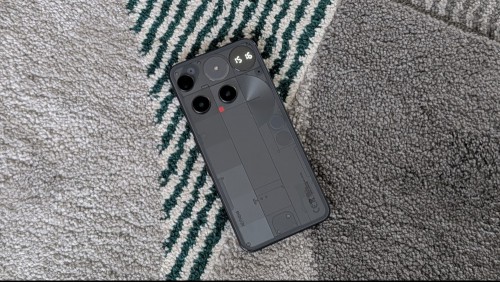
Nothing deserves a lot of credit for continuing to try something different in terms of hardware design and software, and if you are going to pick the Phone 3 for your next update, it's likely because you like the aesthetic stylings and quirky touches. Those touches include that Glyph Matrix, which proves to be more than just a gimmick.
It's definitely a design approach that stands out, and we need alternatives like this for a healthy phone market. If you are taken with the looks of the Nothing Phone 3 and its take on Android, then you're certainly not going to be let down in terms of performance, camera quality, and battery life, which are all great—though just slightly below what you'll find on those other $799 handsets. It's not for everyone, but it might be for you.
David Nield is a technology journalist from Manchester in the U.K. who has been writing about gadgets and apps for more than 20 years.
